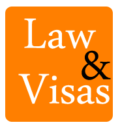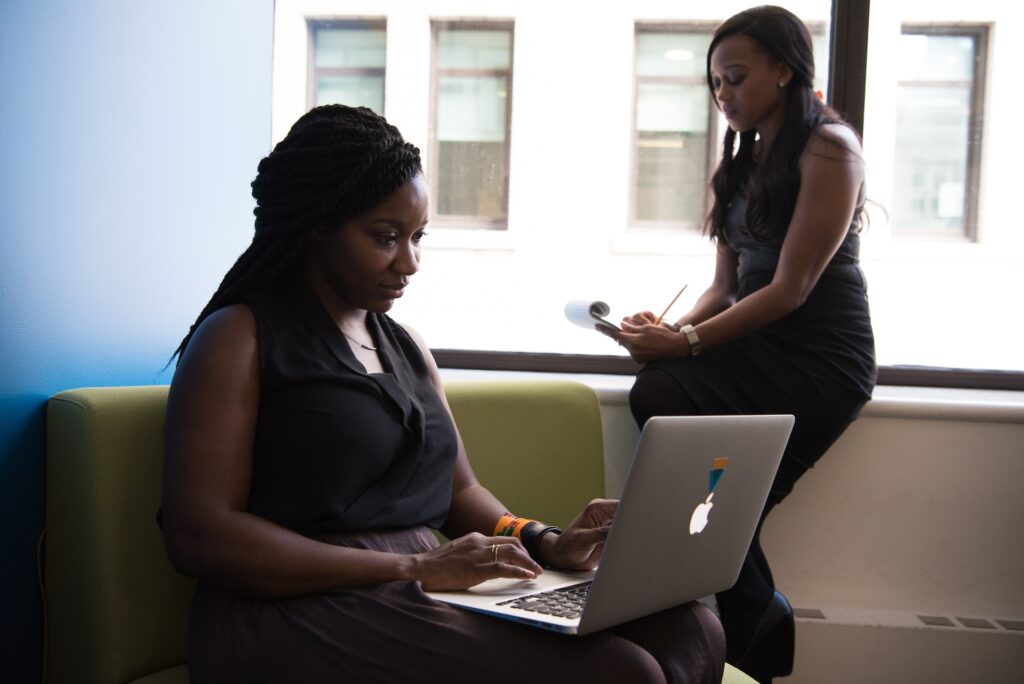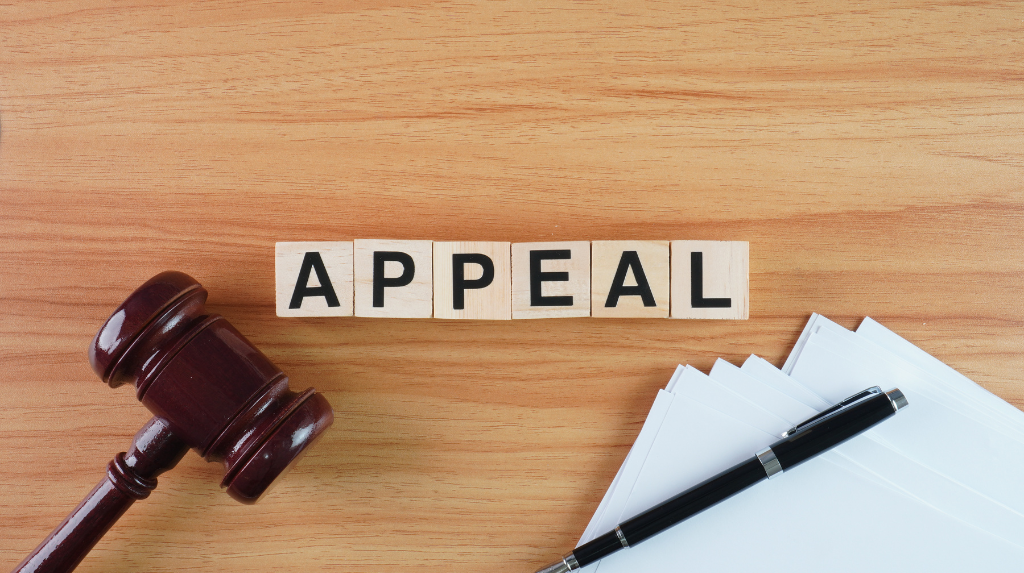The U.S. Department of State has launched the Welcome Corps program, which enables private citizens and organizations to sponsor refugees seeking resettlement in the United States. This community-led initiative is designed to give the general public an active role in improving the asylum system and supporting refugees through their resettlement process.
Key Features of the Welcome Corps Program:
- Sponsor Groups: A sponsor group must consist of at least five people, and the group is responsible for raising a minimum of $2,275 per refugee to cover resettlement costs.
- Support Plan: Sponsors are required to create a comprehensive Welcome Plan that outlines how they will assist the refugee with housing, employment, and school enrollment during their first 90 days in the U.S.
- Eligibility: The program is open to U.S. citizens and permanent residents. In the first phase of the program, sponsorship will be available for refugees who have already been approved for resettlement in the U.S.
- Phases of the Program:
- Phase 1: Private sponsors can support refugees who have already been approved for resettlement.
- Phase 2 (expected mid-2023): The program will expand to allow sponsors to support refugees who are not yet in the U.S.
- Goals: The U.S. government aims to match 10,000 private sponsors with at least 5,000 refugees during the program’s first year.
Significance:
- A Bold Innovation: U.S. Secretary of State, Anthony Blinken, described the Welcome Corps as the “boldest innovation in refugee resettlement in four decades.”
- Support for Immigration Advocates: The program has received praise from immigration advocates who are optimistic that private sponsorship will help address gaps in the current asylum system. This could provide a safer and more controlled alternative to border crossings, especially at the U.S.-Mexico border.
- Biden Administration’s Shift: The announcement comes amid concerns that the Biden administration has not fully met its promises to reform the asylum system. The program may effectively engage the public in refugee resettlement, offering a solution that avoids the political challenges surrounding border security and policies like Title 42.
Step-by-Step Guide to Becoming a Sponsor for Refugees
Becoming a sponsor for refugees is a meaningful way to help individuals and families rebuild their lives in a new country. The U.S. has introduced various programs, such as the Welcome Corps, that allow private citizens and organizations to support refugees through sponsorship. This guide outlines the application process, requirements, and impacts of sponsorship, as well as comparisons with other countries’ refugee programs.
Application Process
Step 1: Form a Sponsorship Group
To start the sponsorship process, you need to form a group of at least five adults who are U.S. citizens or permanent residents. This group will collectively take on the responsibilities of sponsorship.
Step 2: Complete Background Checks
All members of your group must undergo background checks. This is a crucial step to ensure the safety and well-being of the refugees you will be supporting.
Step 3: Develop a Support Plan
Your group must create a detailed support plan outlining how you will assist the refugees upon their arrival. This plan should include housing arrangements, financial support, and integration services such as language assistance and job placement.
Step 4: Submit Your Application
Once your group is formed and your support plan is in place, you can apply through the Welcome Corps program. The application requires information about your group members, your support plan, and proof of financial resources.
Step 5: Await Approval
After submitting your application, it will be reviewed by the relevant authorities. If approved, you will receive instructions on how to proceed with welcoming the refugees.
Background Checks and Approval Requirements
Before approval can be granted, all group members must pass background checks that assess their suitability as sponsors. This includes checks for criminal history and verification of immigration status. The approval process also requires:
- A comprehensive support plan detailing how you will assist the refugees.
- Proof of financial stability to ensure you can meet the needs of those you are sponsoring.
- Commitment from all group members to adhere to the responsibilities outlined in your support plan.
Timeline for Sponsorship Approval
The timeline for sponsorship approval can vary based on several factors, including:
- Application Submission: Once your application is submitted, it typically takes several weeks to a few months for processing.
- Background Checks: These checks may take additional time depending on the complexity of each individual’s background.
- Approval Notification: After all checks are completed and your application is reviewed, you will receive notification of approval or any additional steps needed.
Overall, it’s advisable to allow at least three to six months from the time of application submission to receive final approval.
Tips for Preparing to Be a Sponsor
- Educate Yourself: Familiarize yourself with the refugee experience and the challenges they face. Understanding their background will help you provide better support.
- Network with Other Sponsors: Connect with existing sponsors or organizations that have experience in refugee resettlement. They can provide valuable insights and resources.
- Plan Financially: Ensure your group has adequate financial resources to cover initial expenses for housing, food, and other necessities during the refugees’ first few months in the U.S.
- Create an Integration Plan: Develop strategies for helping refugees integrate into your community, such as connecting them with local services, schools, and employment opportunities.
Impact on Refugees
Stories of Refugees Helped by Similar Programs
Many refugees have successfully rebuilt their lives through sponsorship programs. For instance:
- A Family from Syria: A Syrian family sponsored by a community group found stable housing and employment within months of arriving in the U.S., allowing them to send their children to school and become active community members.
- An Afghan Interpreter: An Afghan interpreter who worked with U.S. forces was sponsored by a local church group. With their help, he secured a job in his field and was able to bring his family over safely.
Expected Outcomes for Refugees in the New Program
The expected outcomes for refugees participating in sponsorship programs include:
- Stable Housing: Immediate access to safe housing upon arrival.
- Financial Support: Assistance with initial living expenses until they can become self-sufficient.
- Community Integration: Opportunities for social connections and cultural assimilation through community activities.
Challenges Refugees Face and How the Program Addresses Them
Refugees often encounter numerous challenges upon resettlement:
- Cultural Adjustment: Adapting to a new culture can be overwhelming; sponsors can help ease this transition by providing cultural orientation.
- Language Barriers: Many refugees face language challenges; sponsors can assist by arranging language classes or providing translation services.
- Employment Issues: Finding work can be difficult; sponsors can facilitate job training programs and connect refugees with potential employers.
Frequently Asked Questions (FAQs)
Can Individuals or Only Organizations Sponsor Refugees?
Both individuals and organizations can sponsor refugees through programs like Welcome Corps. However, individuals must form a group with at least five members.
What Financial Commitment Is Required?
Sponsors are expected to provide financial assistance covering basic living expenses such as housing, food, clothing, and healthcare during the initial resettlement period. Specific amounts may vary based on local costs of living.
How Long Is the Sponsorship Term?
Sponsorship typically lasts for 90 days but may extend longer depending on individual circumstances and agreements made within the sponsor group.
What Happens If a Sponsor Cannot Continue Their Responsibilities?
If a sponsor cannot fulfill their responsibilities due to unforeseen circumstances, they should communicate this immediately with relevant authorities. Transferring responsibilities to another sponsor or organization that can assist may be possible.
Comparison with Other Countries’ Refugee Programs
Examples from Canada, Australia, and the UK
Countries like Canada have established successful private sponsorship programs that allow community groups to support refugees directly. Australia also has similar initiatives that enable citizens to welcome refugees into their communities. The UK has launched various community sponsorship schemes aimed at helping vulnerable refugees settle successfully.
How the U.S. Program Stacks Up Globally
The U.S. Welcome Corps program offers unique opportunities for private citizens to engage directly in refugee resettlement efforts compared to other countries’ models. While many countries emphasize government-led initiatives, U.S.-based private sponsorship allows for more community involvement in supporting refugee families.
In conclusion, the Welcome Corps program represents a significant shift in refugee resettlement, empowering private citizens to help refugees integrate into U.S. society while addressing some of the challenges the current asylum system faces.
How Law and Visas Can Help?
At Law and Visas, our team of expert immigration consultants is here to make your travel to the US straightforward and successful. Whether you’re applying for a Green Card, Visitor Visa, or Study Visa, we handle every step from preparing your application to gathering the required documents.
Our immigration Consultants and Lawyers ensure that your application meets the highest standards, with no details missed. We’ll also keep you informed throughout the process and coordinate with the immigration office or embassy on your behalf.
Law and Visas has a strong record of helping clients secure the visas/permits they need in the US. Call us today at +234 812 5505 986 to learn how we can assist you.




